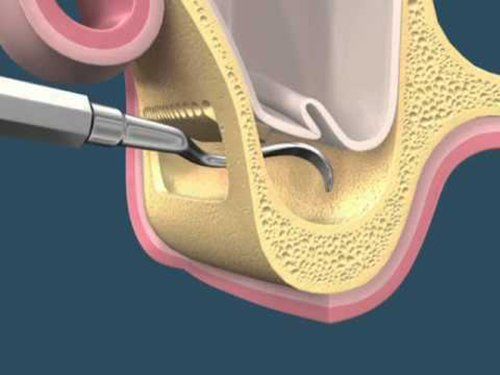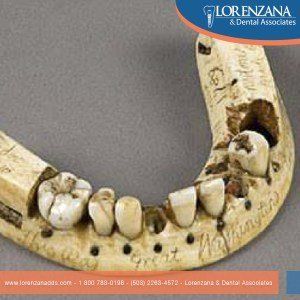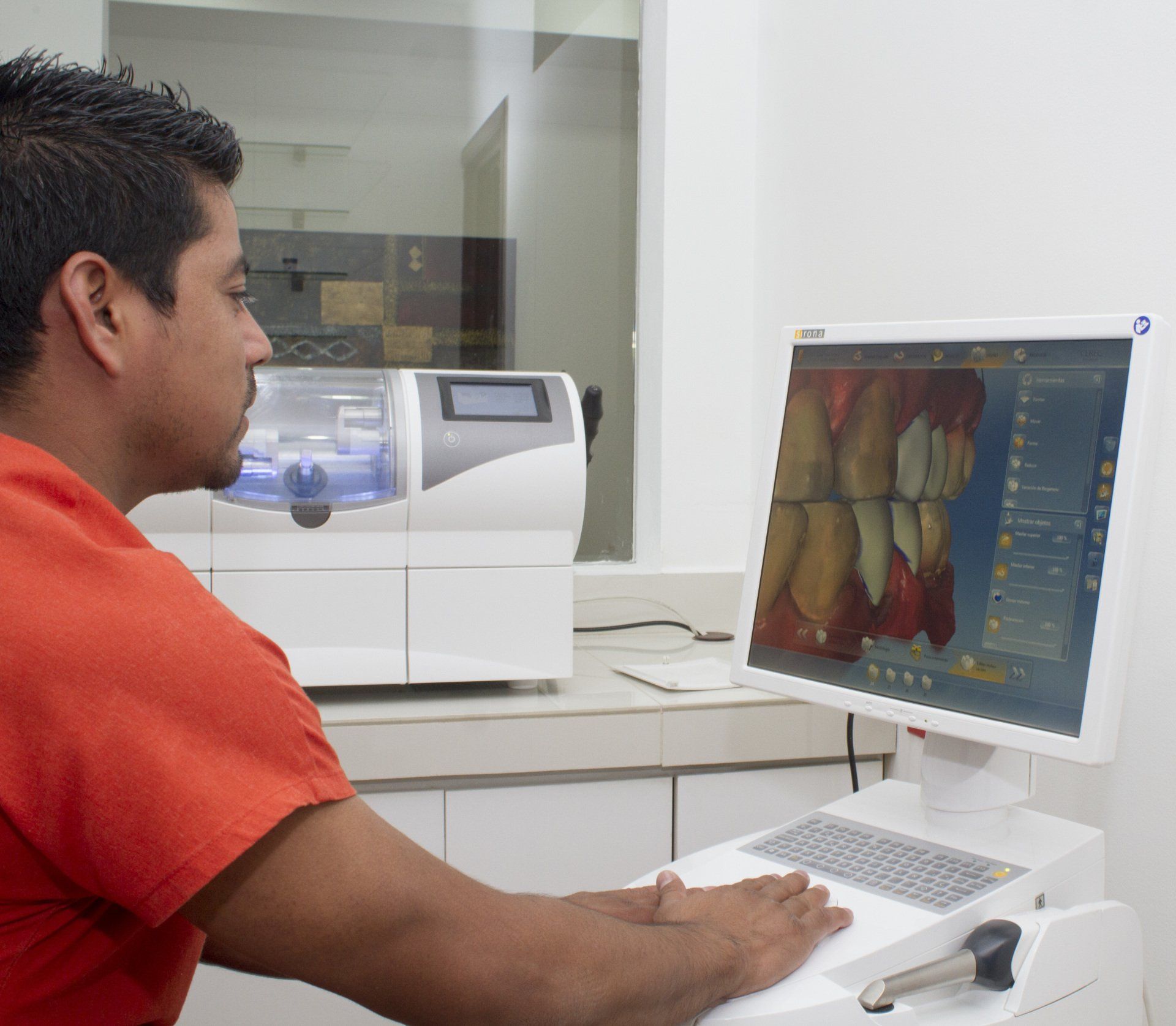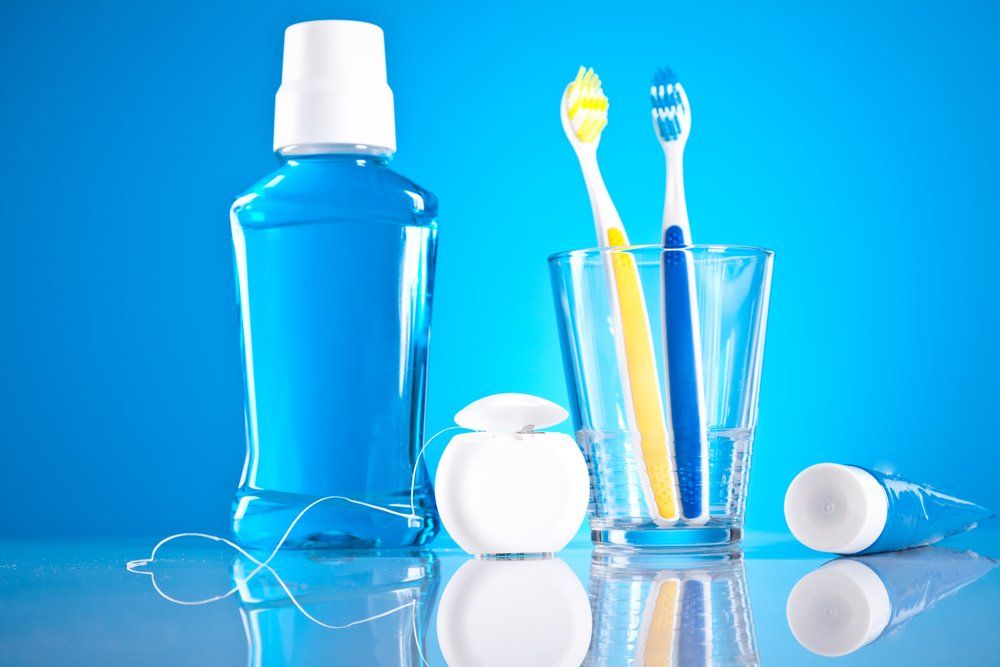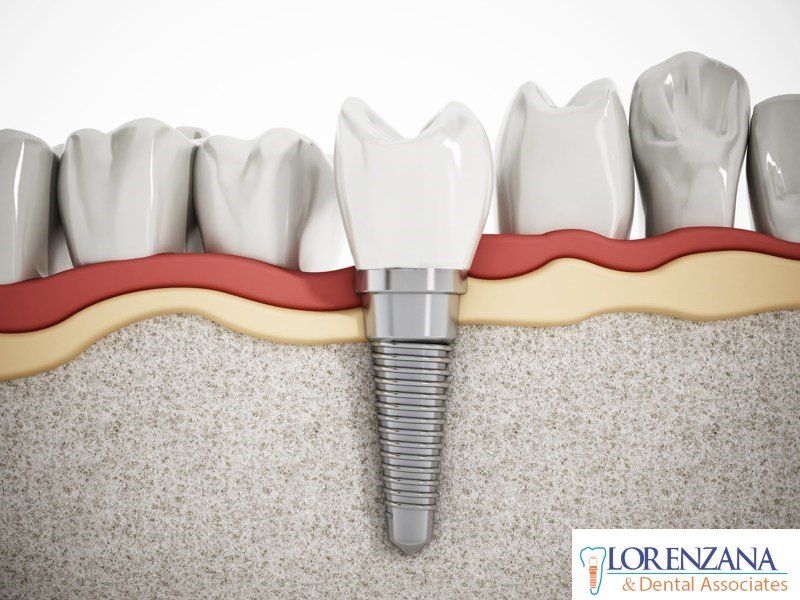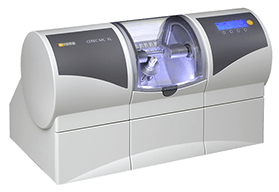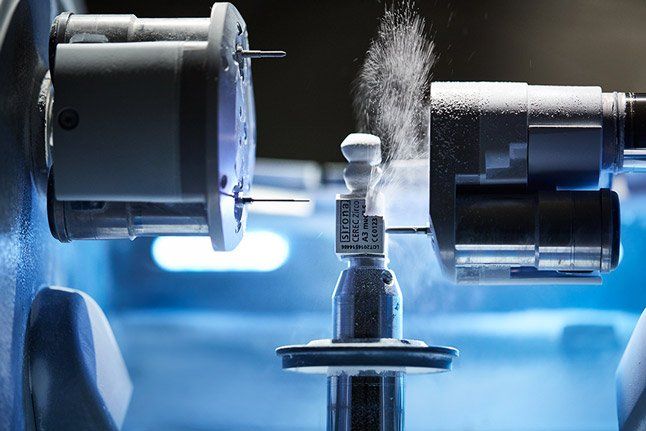Types of Dental Implants
Dental implants are small devices that work as tooth root; over those small devices are placed dental crowns to restore the smile. Dental implants are one of the best options to replace one or more missing teeth without involve adjacent teeth’s health.

Dental implants ante placed inside the alveolar bone, lately have become accessible to most of people, not just because of costs, but also because techniques and materials have upgrade to the point that fail implants rate this days is really low.
To increase successful probabilities of a dental implant there are some factors that have to be consider, among those directly related to the implant we have:
Dental implant material:
The best are titanium dental implant since this material is the one that better favors osseointegration.
Implant shape:
- Screw: This type of implant is the most recommended because provides stability during the insertion (Frandsenet al. 1984) and reduce the micro-movement during integration period, pot-insertion.
- Cylindrical: Has a negative long term effect (Albrektson et al. 1986)
- Cylindrical basket: Has a high rate of failure (Buser et al. 1997)
- Conical: depends of a surface conditioning that provides microscopic retention and bone attachment
- Buser et al. (1998) reported: Disintegration after 4 weeks of sandblasted and acid etched required a torque of 120Ncm.
- Those that were only acid etched and not sandblasted required 60Ncm. Coachran et al. (2002)
- Those called SLA (sandblasted, large grit and acid etched) have excellent anchorage and in patients with good health and bones can attach in six month.
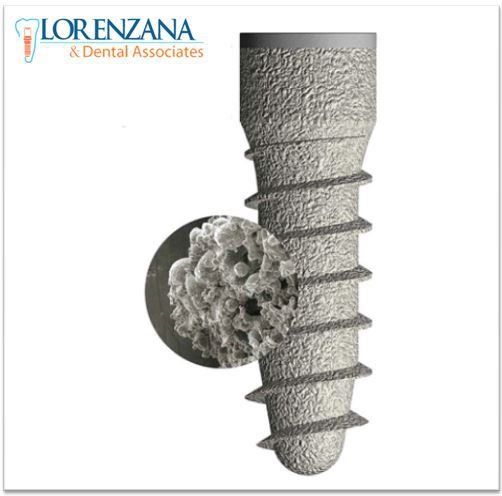
To determine which dental implant type is going to be placed is not
necessary that patient decide, a specialist must evaluate each singular
case and determine which is the best option based on this and other
factors, nevertheless, is necessary that patient receive appropriate and
enough information, before during and after of dental implants
treatment.
In Lorenzana & Dental Associates we have
certificated skilled specialists in implantology to ensure the highest
rates of success in every dental implant placement surgery at our
clinic. Our doctors constantly are updating their knowledge and offer to
our patients the necessary information clearly and accurately. If you
are interested in dental implants treatment or are looking for a second
opinion contact us to info@lorenzanadds.com or call us at 1-800-783-0198.
Tipos de implantes dentales
Los implantes dentales son pequeños dispositivos que sustituyen la raíz de los dientes, sobre estos implantes se colocan coronas dentales para restaurar la dentadura del paciente. Los implantes dentales pueden ser una de las mejores opciones para sustituir uno o varios dientes sin comprometer la salud de los dientes adyacentes.
Los implantes dentales endóseos van integrados dentro del hueso alveolar, últimamente se han hecho accesibles a la mayoría de la población, no sólo por un tema de costos, sino también porque las técnicas y materiales han evolucionado a tal punto que el índice de fracasos actualmente es realmente bajo.
Para aumentar las probabilidades de éxito de un implante dental hay ciertos factores que se deben tener en cuenta, entre los que están directamente ligados al implante tenemos:
Material del implante:
Los mejores son los implantes de Titanio pues favorecen la integración del mismo con el huevo alveolar que es el soporte del implante.
- El implante tipo tornillo es el recomendado porque es estable durante la inserción (Frandsenet al. 1984) y reduce el micro-movimiento durante el período de integración, post-inserción.
- El implante cilíndrico tiene un efecto negativo a largo plazo (Albrektson et al. 1986)
- El implante de forma cilíndrica no solida (canasta) tiene un alto índice de fracasos (Buser et al. 1997)
- Implantes cónicos dependen de un acondicionamiento de la superficie que proporciona retención microscópica y unión al hueso
Superficie del implante:
- Para determinar que tan bueno es un implante dental para su propósito, se han llevado a cabo numerosas investigaciones:
- Buser et al. (1998) reportaron: La desintegración después de 4 semanas de implantes arenados (sandblasted) y aguafuerte (etched) con ácidos requirió de un torque de 120Ncm.
- Los que solo fueron aguafuerte (acid etched) y no arenados se requirió solo 60 Ncm. Coachran et. al. (2002)
- Los llamados SLA (sandblasted, large grit and acid etched) tienen excelente anclaje y en pacientes con buena salud y huesos pueden anclarse en 6 meses.
Para determinar el tipo de implante que se va a colocar no es necesario que el paciente lo decida, un especialista debe examinar cada caso en particular y determinar cuál es el que más conviene en base a estos y otros factores, sin embargo, es necesario que el paciente reciba la información adecuada y suficiente antes, durante y después de un tratamiento de implantes.
En Lorenzana & Dental Associates contamos con especialistas experimentados y altamente capacitados en materia de implantología lo que asegura las probabilidades de éxito de los implantes que en nuestra clínica se colocan, nuestros doctores constantemente están actualizando sus conocimientos y ofrecen a cada uno de nuestros pacientes la información necesaria de manera clara y precisa. Si estás interesado en implantes dentales o necesitas una segunda opinión, puedes contactarnos a info@lorenzanadds.com o llamarnos al 1-800-783-0198
